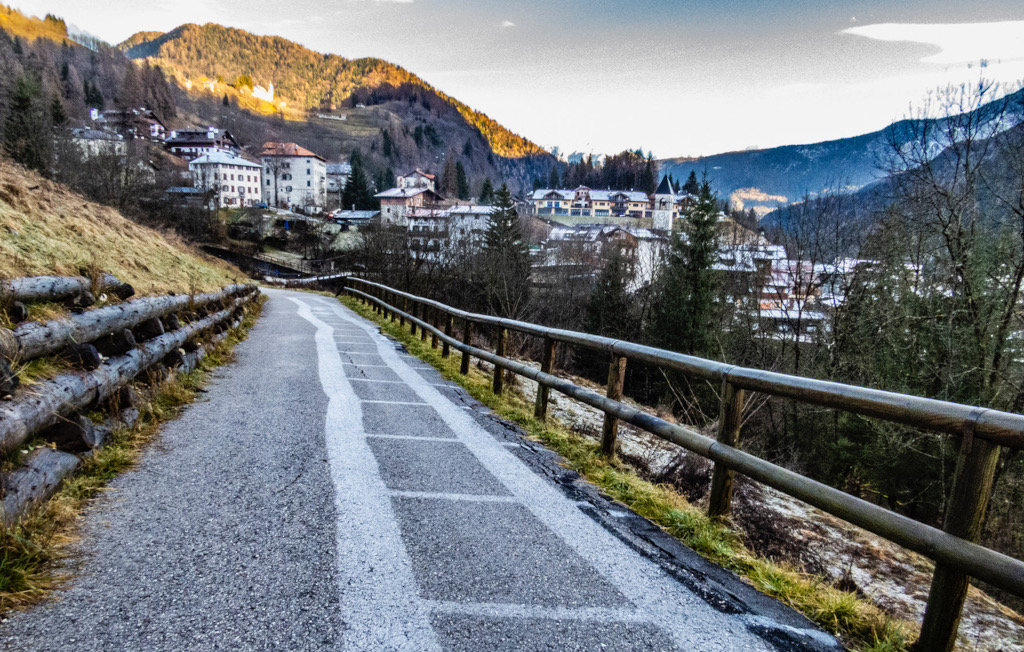✨ I write simple, stupid and hence, readable "okay" codes with less WTFs/min from code reviews - mostly in Flutter, Node.js.
✨ Industries: Offshore IT Industry, Digital Agency, Health, Education, Finance.
Things you should know -
- 🔭 Currently working on: Dart & Flutter
- 🌱 Getting better at: Flutter, Swift, Kotlin, Agile Software Development, Technical Product Management
📕 Latest Blog Posts
- A Comprehensive Guide to Flutter Widget Previews (Beta)
- Missing Dart? When TypeScript Feels Like a Desert
- Ultimate Guide to Managing Multiple SSH Keys for Git and Server Access
- Solving Artifacts with
ImageFilter.blurin Flutter on Android, iOS and macOS - Innovation in Accessibility: Real Inclusion or Barrier for the Deaf Community?

The word solstice is from the Latin for Sun and to pause or stand still. And in the days surrounding a solstice the Sun's annual north-south drift in planet Earth's sky does slow down, pause, and then reverse direction. So near the solstice the daily path of the Sun through the sky really doesn't change much. In fact, near the December solstice, the Sun's consistent, low arc through northern hemisphere skies, along with low surface temperatures, has left a noticeable imprint on this path to the mountain town of Peaio in northern Italy. The morning frost on the road has melted away only where the sunlight was able to reach the ground. But it remains in the areas persistently shadowed by the fence, tattooing in frost an image of the fence on the asphalt surface.
NASAI'm looking for sponsors to support my open source development, I appreciate your support! :)
























































































































